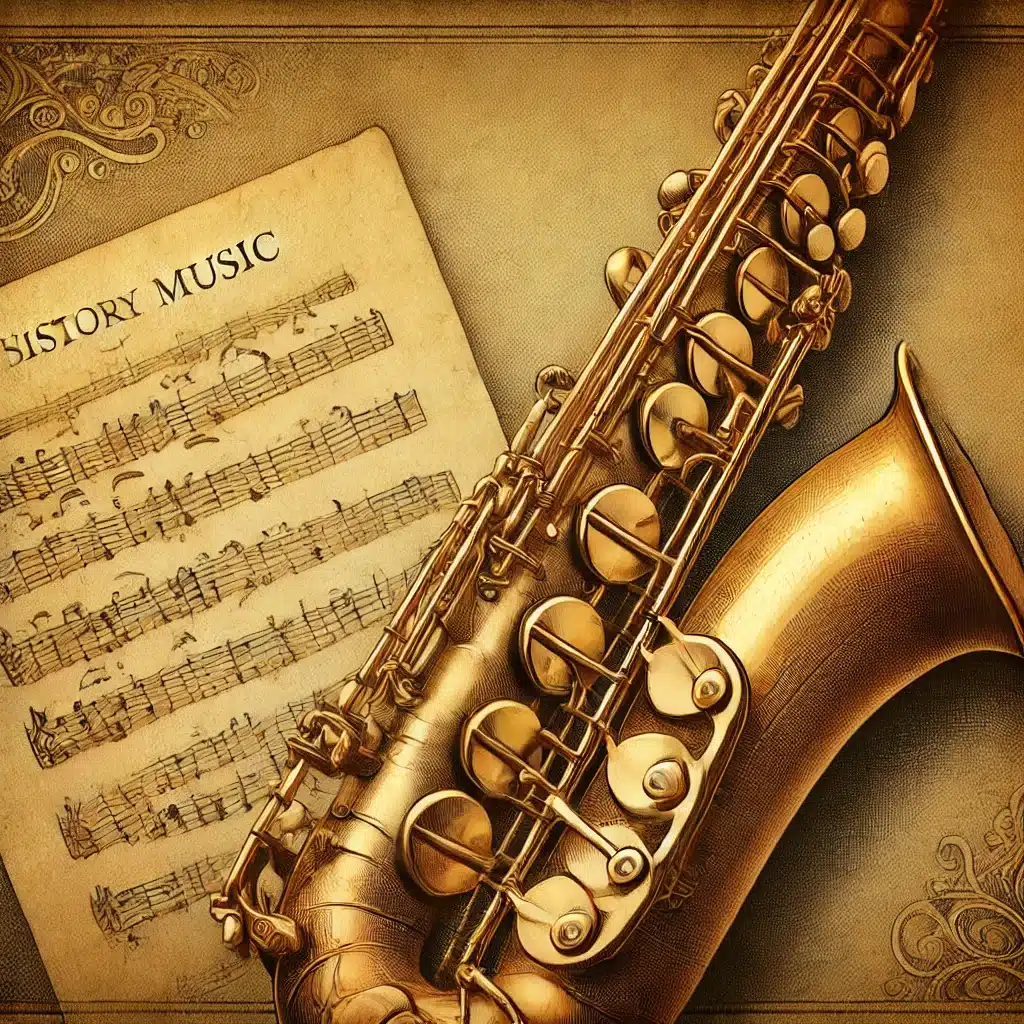The saxophone is one of the most versatile and expressive instruments in modern music. From its origins in the 19th century to its widespread use in jazz, rock, and classical music, the saxophone has carved out a unique place in musical history. In this post, we will explore the history of the saxophone, its evolution, and its impact on different musical genres.
The Invention of the Saxophone
The saxophone was invented in the early 1840s by Adolphe Sax, a Belgian instrument maker and musician. Sax, who was already known for his improvements to wind instruments, sought to create an instrument that combined the best qualities of woodwinds and brass instruments. The result was the saxophone, which featured a brass body, a single-reed mouthpiece similar to the clarinet, and a unique conical bore design that gave it a powerful and flexible sound.
Early Adoption and Challenges
Despite its innovative design, the saxophone faced resistance from traditional musicians and instrument makers. Many saw it as an unconventional instrument that did not fit into established musical ensembles. However, military bands quickly adopted the saxophone due to its powerful projection and adaptability.
The Saxophone in Classical Music
While the saxophone was initially designed for orchestral music, it never gained widespread acceptance in classical ensembles. However, composers such as Claude Debussy, Alexander Glazunov, and Maurice Ravel recognized its potential and wrote pieces specifically for the instrument. The saxophone also found a home in chamber music and solo performances.
Notable Classical Saxophonists
- Marcel Mule – A French saxophonist who established the saxophone as a serious classical instrument.
- Sigurd Raschèr – Promoted the saxophone in orchestral music and expanded its technical capabilities.
The Saxophone in Jazz
The saxophone’s true rise to prominence came with the advent of jazz in the early 20th century. Its rich, expressive tone made it a perfect fit for the improvisational nature of jazz music.
Key Jazz Saxophonists
- Sidney Bechet – One of the first major saxophonists in jazz, known for his virtuosic soprano saxophone playing.
- Charlie Parker – Revolutionized jazz with his bebop innovations.
- John Coltrane – Pushed the boundaries of jazz with his advanced harmonic concepts and powerful improvisation.
- Sonny Rollins – Known for his distinctive tone and long, expressive solos.
The Saxophone in Rock and Popular Music
Though primarily associated with jazz, the saxophone also found a place in rock, blues, and pop music. The 1950s and 1960s saw the rise of the saxophone in rock and roll, with artists like King Curtis and Junior Walker incorporating it into their music.
Notable Rock Saxophonists
- Clarence Clemons – The legendary saxophonist for Bruce Springsteen’s E Street Band.
- David Sanborn – Blended jazz and rock influences to create a unique sound.
- Bobby Keys – Played with The Rolling Stones and contributed to their signature sound.
The Modern Saxophone
Today, the saxophone continues to thrive in various musical styles. From contemporary jazz and fusion to hip-hop and electronic music, the saxophone remains a dynamic and influential instrument.
Innovations and Future Directions
- Electronic and MIDI Saxophones – Modern technology has introduced electronic saxophones that allow for expanded sonic possibilities.
- Fusion and Experimental Music – Artists like Kamasi Washington are pushing the boundaries of what the saxophone can do.
Conclusion
The saxophone’s journey from an experimental instrument to a cornerstone of multiple musical genres is a testament to its versatility and expressive power. Whether in jazz, rock, or classical music, the saxophone continues to captivate audiences worldwide. If you’re interested in diving deeper into the world of saxophone music, check out recordings by the greats mentioned in this article!
For further exploration, visit Smithsonian Music or Jazz at Lincoln Center to learn more about the saxophone’s rich history.

